Riding a bicycle in the winter can cause concern for many riders. Although inclement weather can make a bike commute more challenging, there are many ways to offset wintertime shortcomings and enjoy a safe ride.
If you plan to ride a bicycle in winter, it’s wise to make minor adjustments that can drastically improve your comfort and safety when the temperatures drop. Conditions can change at any given moment with shorter days and longer nights. However, with careful planning, winter cycling can be just as rewarding.
Wear the Right Gear
Depending on where you live, it’s essential to dress appropriately for the weather when riding a bicycle in the winter.
Layering up allows you to adjust your clothing as needed to stay warm and comfortable. Riders often benefit from moisture-wicking fabrics for the inner layer to help keep skin dry and waterproof outer layers to protect against rain, ice, and snow.
Additionally, the hands and feet are especially susceptible to the cold when riding a bike in the winter. Wearing gloves and warm socks can help maintain a more comfortable riding temperature. Hand and foot warmers can provide extra warmth if you plan to ride in ice and snow.
Increase Your Visibility
Because daylight hours are much shorter in the winter, you’ll likely be doing more riding in darker conditions.
If you plan to ride your bicycle in the evening or at night, a reliable set of bicycle lights is a crucial safety element you should consider. Having lights on the front and rear of your bike ensures that motorists see you from greater distances and can help prevent a severe accident.
You can double down on wintertime visibility by wearing bright colors and reflective clothing.
Watch for Ice
One of the most dangerous hazards for cyclists in the winter is ice. Whenever water freezes over on roads and paths, ice can make for slippery conditions and cause serious accidents.
Use extra caution when riding in the winter, especially while making sharp turns. Sometimes, riding at a slower speed may be necessary to ensure you have complete control of your bike.
As you ride, always look for areas of standing water or visibly slick spots on the road. If you come across a frozen zone, you should dismount and walk your bike until conditions are safe again.
If you plan to do heavy riding in wet and icy conditions, you can also purchase winter-specific tires that will provide extra grip on your commute and prevent slips and falls.
Clean and Maintain Your Bicycle
Maintenance is critical to ensure that your bike is safe in winter.
This includes checking the most vulnerable components of your bicycle, such as:
- Brakes
- Drivetrain
- Cables
- Shifters
- Pedals
- Wheels and tires
Regularly cleaning and lubricating your bike will also help it perform better in the winter. This includes cleaning the chain, wiping down the frame, replacing worn elements, and applying lubricant to keep moving parts working smoothly.
Many winter cyclists install fenders that help protect their bikes from water and slush. Often, harmful debris can make its way into small mechanical components and cause damage and wear. In addition to protecting your bike, fenders are also an excellent way to keep yourself dry and warm.
Always Wear a Bicycle Helmet
Regardless of the time of year, wearing a helmet while riding a bicycle is critical to ensure rider safety.
Because of poor road conditions and bad visibility, wearing a helmet during the winter should always be a top priority. In the event of a fall or a crash, a helmet is one of the few safety elements that can help prevent serious injuries, including concussions and other TBIs.
See our benchmarking report or contact us for more information.

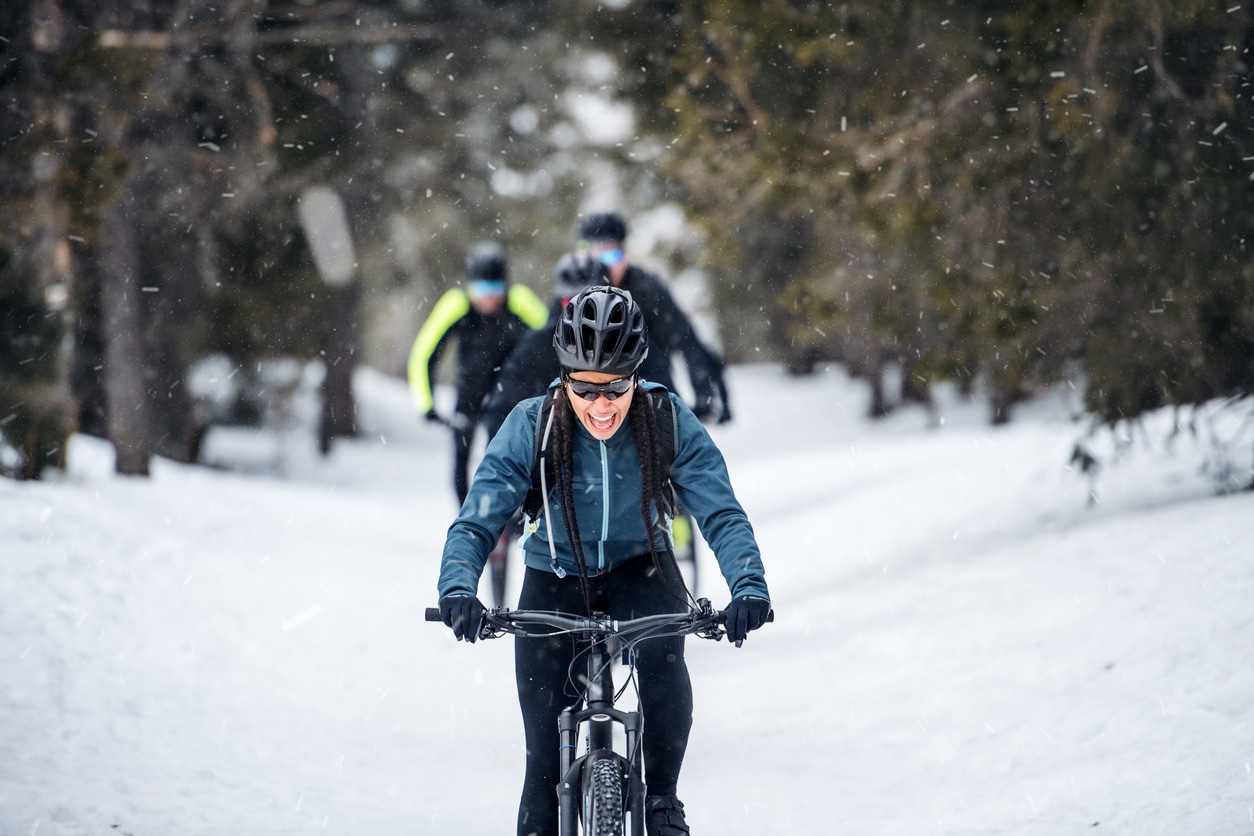
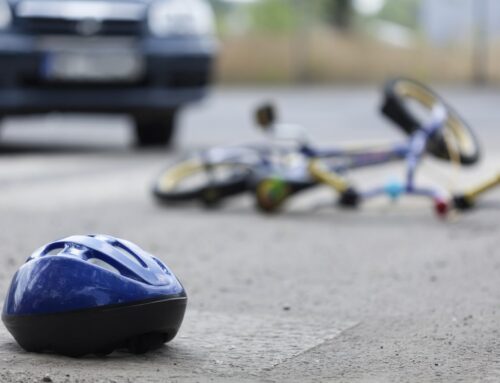
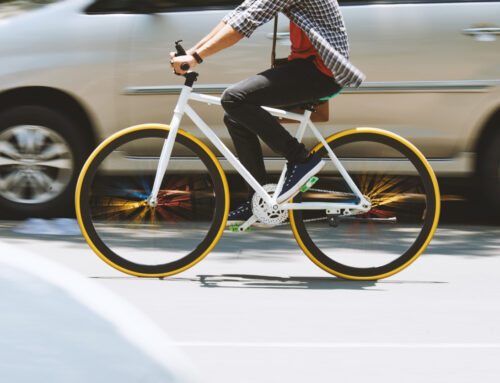
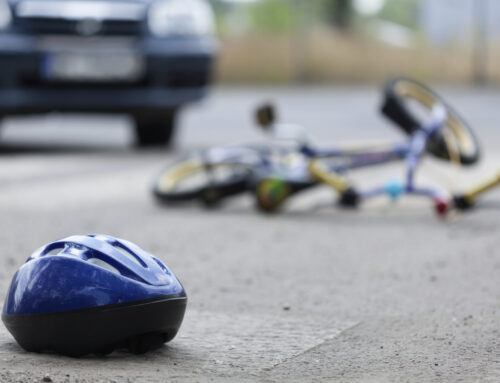
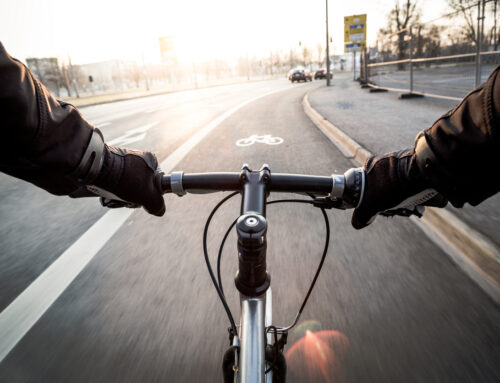
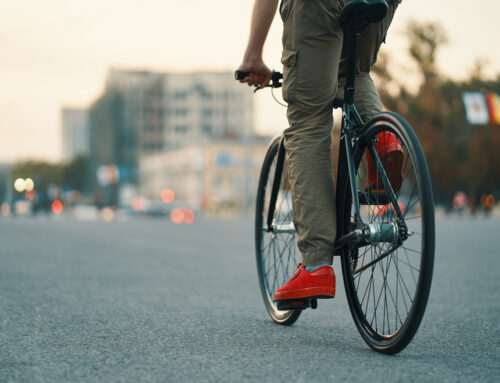
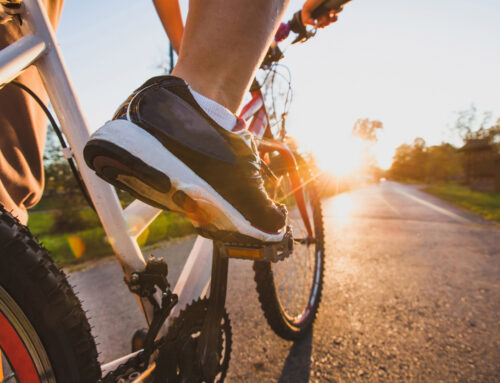
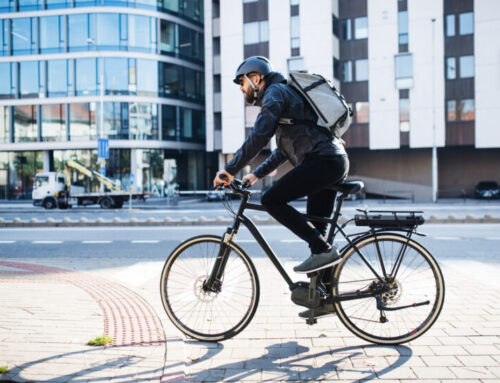
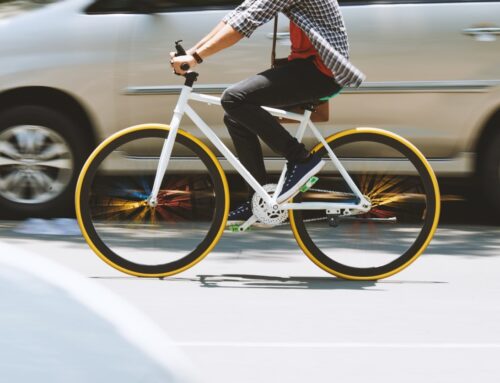


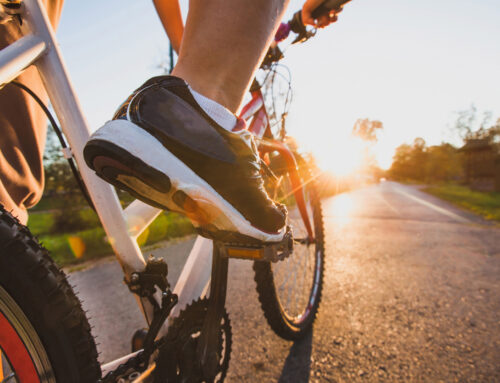
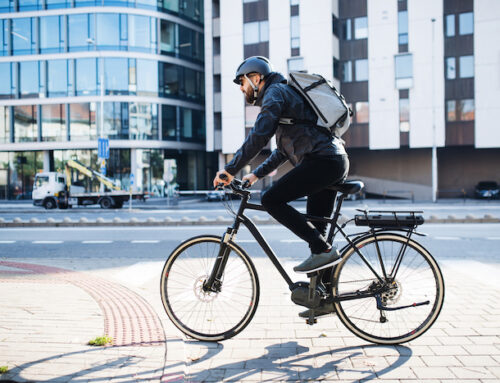
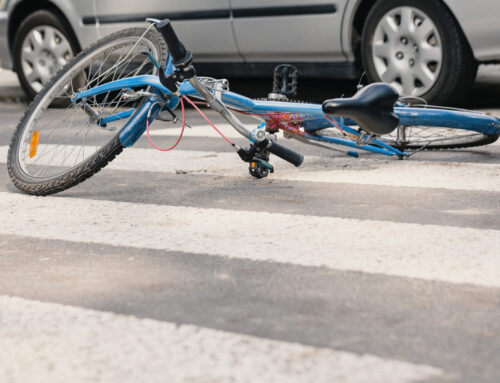



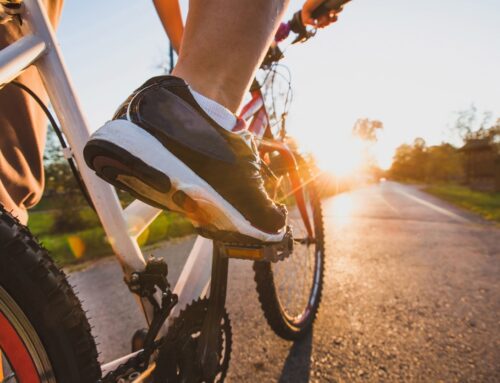
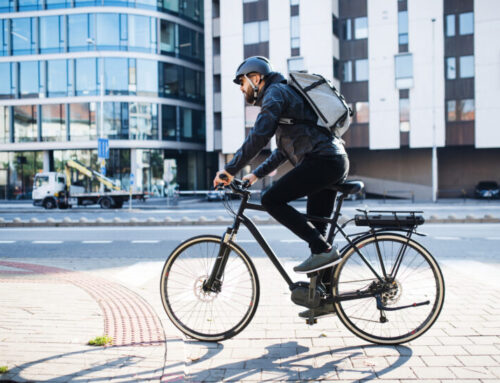
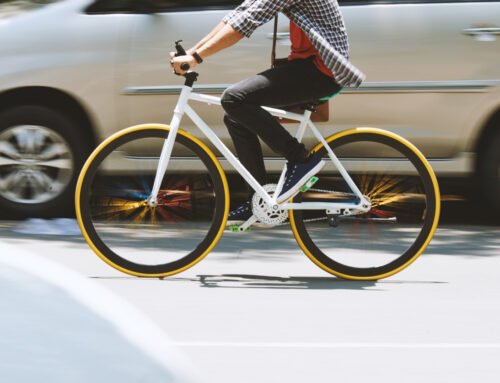
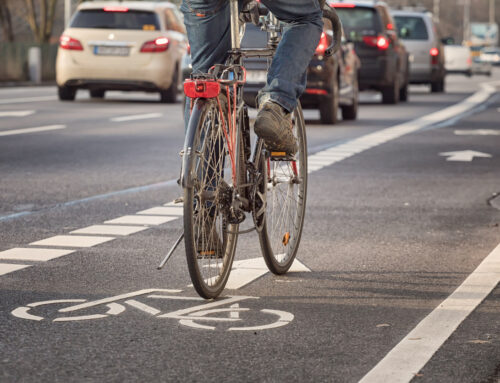
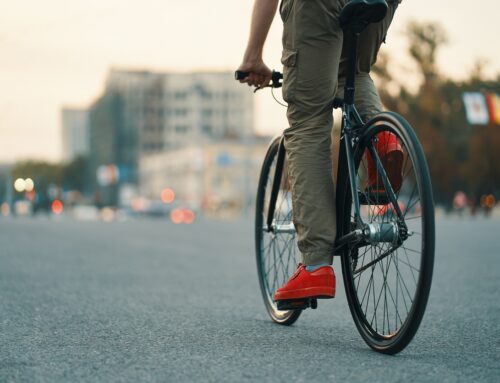


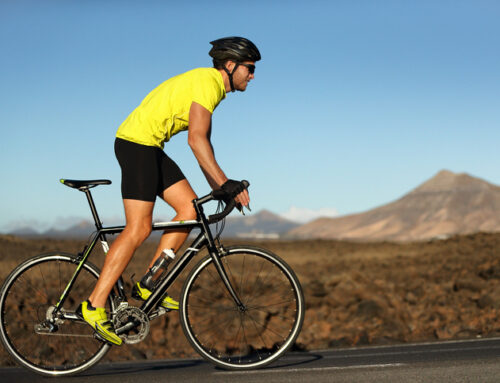
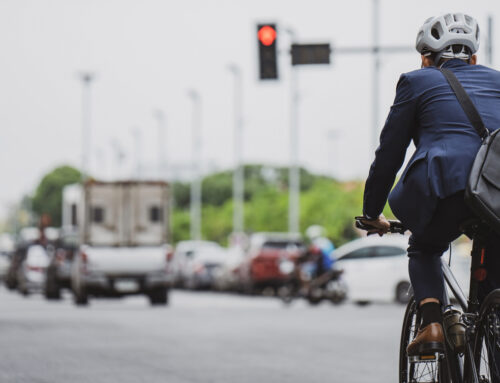
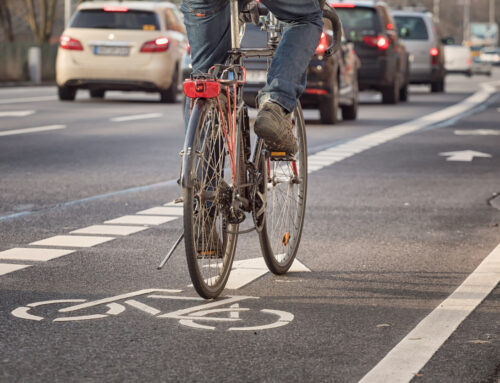
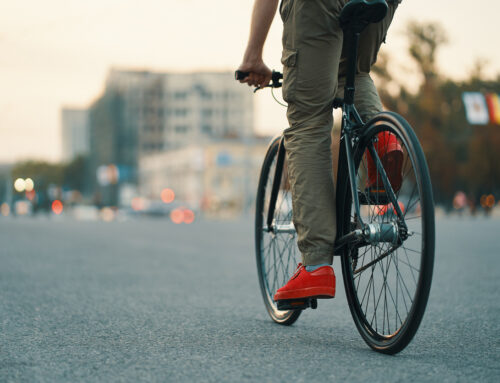
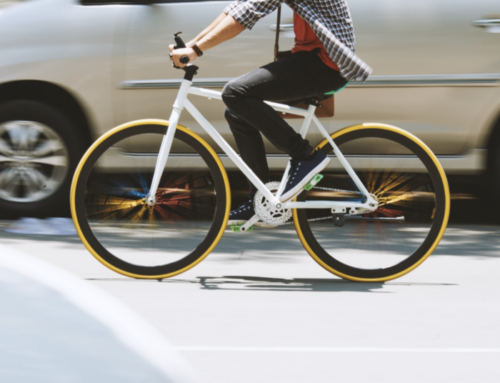

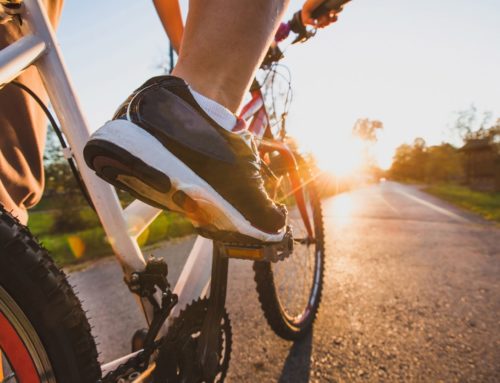
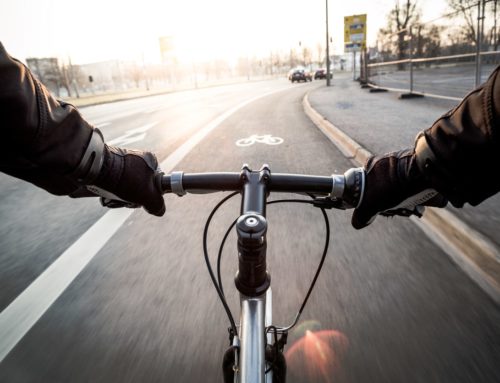


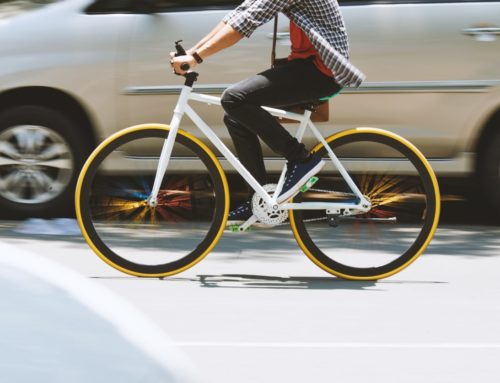
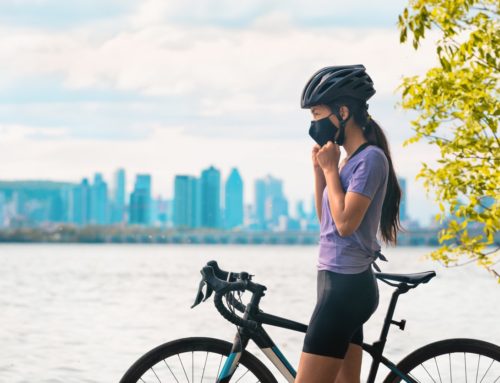


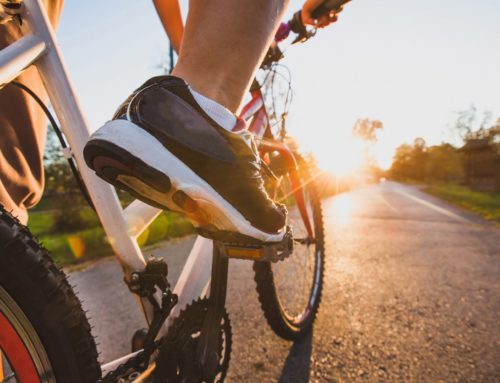

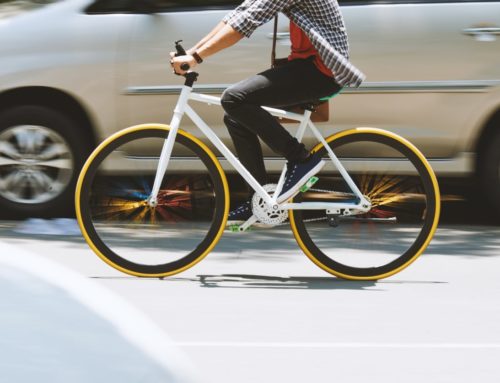

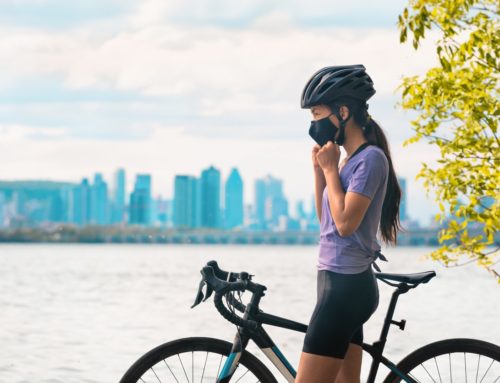


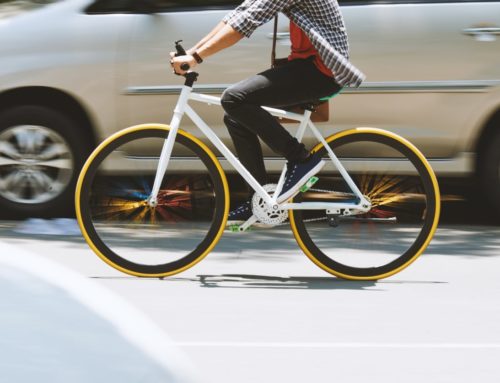



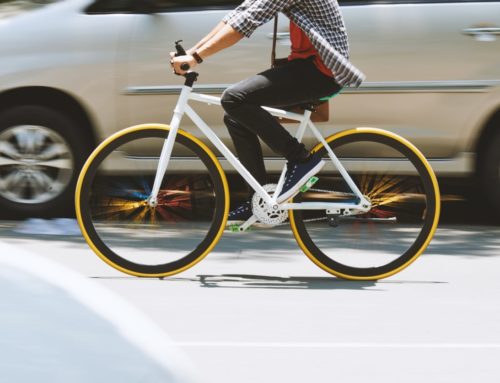
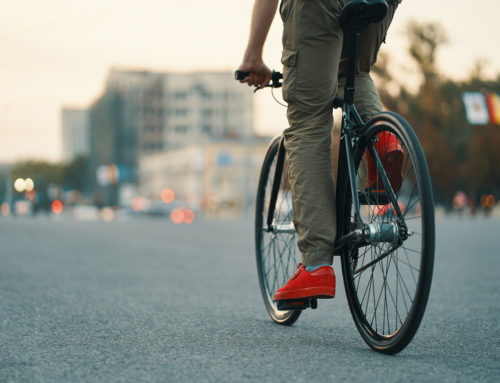

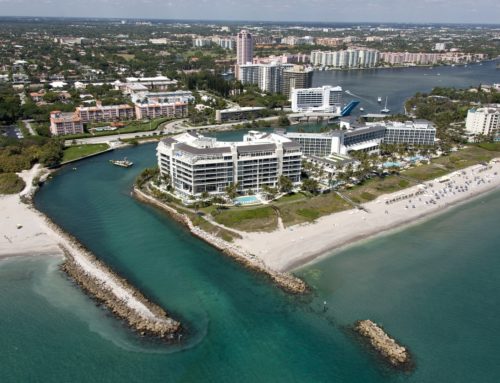
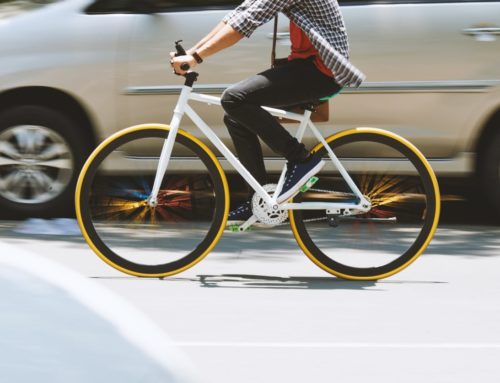
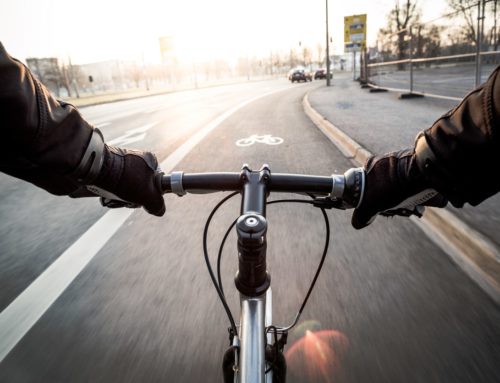

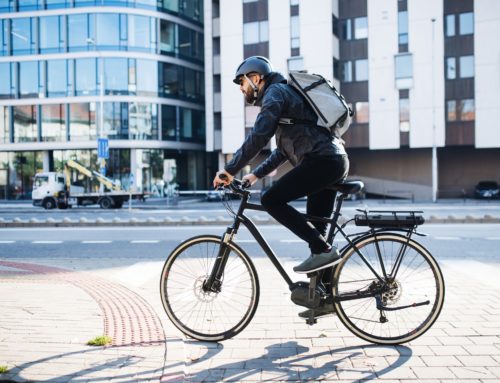





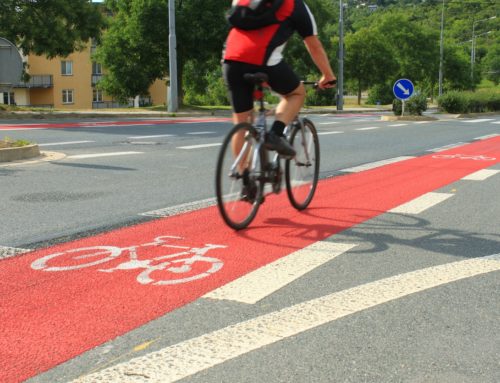




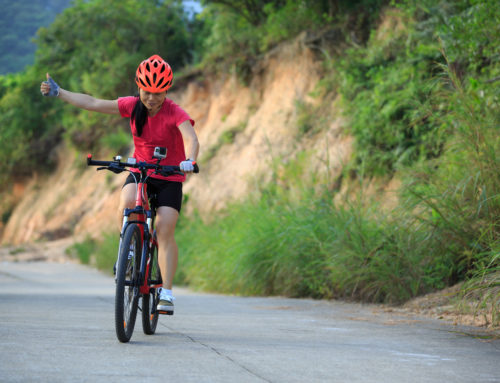
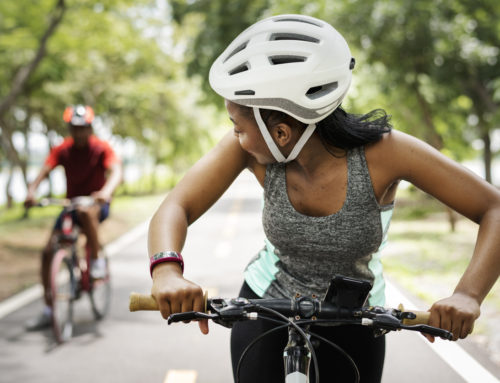




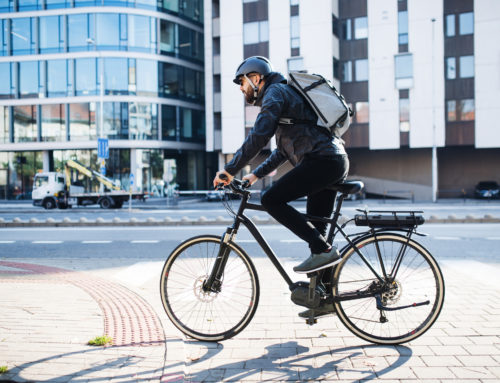
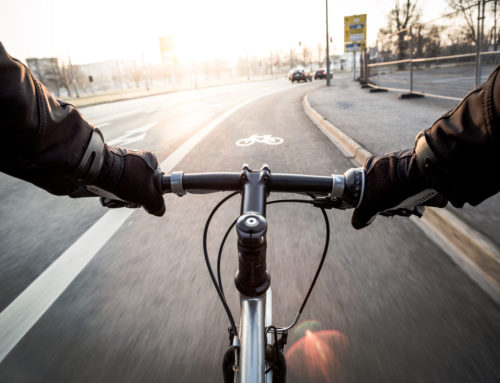

Leave A Comment